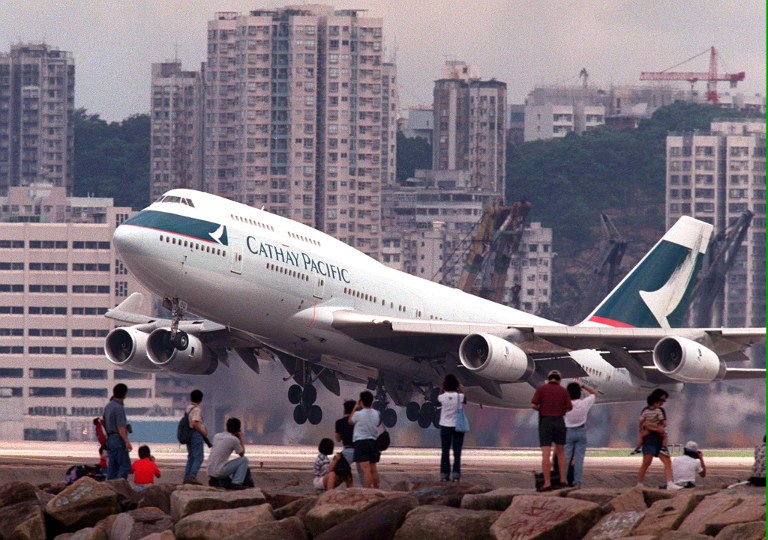Flying is one of the safest modes of transport, but certain airports around the world present unique challenges that can make landings and takeoffs quite precarious.
These airports, known for their hazardous conditions, demand exceptional skill from pilots and often provide heart-stopping moments for passengers.
Here are some of the world’s most dangerous airports and what makes them so treacherous.
Also See: THE WORLD’S WORST CITIES TO VISITLukla Airport, Nepal
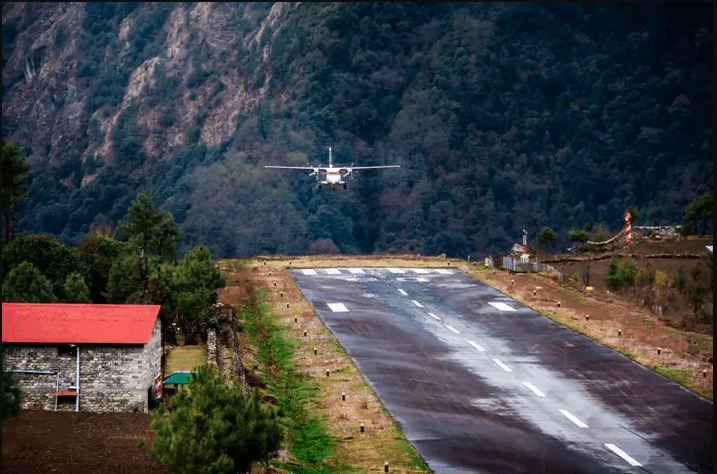
Lukla Airport, also known as Tenzing-Hillary Airport, is the gateway to Mount Everest.
Nestled in the Himalayas at an altitude of 2,845 metres (9,334 feet), it has a single runway that is only 527 metres (1,729 feet) long.
The runway is situated on a steep incline, with a cliff at one end and a drop-off at the other, leaving no room for error. Harsh weather conditions and sudden fog add to the dangers, making Lukla one of the most perilous airports in the world.
Princess Juliana International Airport, Sint Maarten
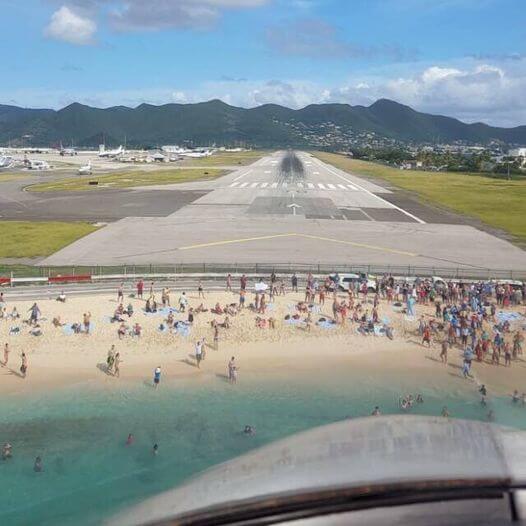
Princess Juliana International Airport is famous for its runway that begins just metres away from Maho Beach.
Incoming aircraft fly extremely low over the heads of beachgoers, making for a thrilling but risky landing.
The short runway, measuring only 2,180 metres (7,152 feet), requires pilots to approach with precision, particularly as they have to contend with strong crosswinds and turbulent weather conditions.
Paro Airport, Bhutan
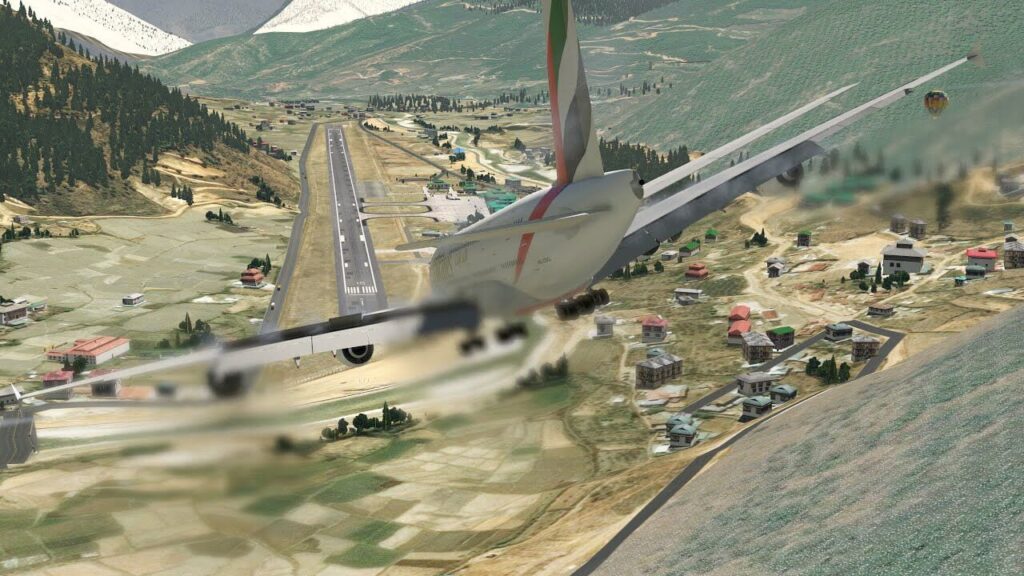
Paro Airport is one of the most challenging airports to navigate, as it is located in a deep valley surrounded by 5,500-metre (18,000-foot) peaks.
Only a handful of pilots are certified to land at Paro, as the approach requires navigating a series of sharp turns and descents.
Flights are only allowed during daylight hours and in clear weather, adding to the complexity and danger of this airport.
Courchevel Altiport, France

Courchevel Altiport, situated in the French Alps, is renowned for its incredibly short runway, which measures just 525 metres (1,722 feet) and has a gradient of 18.6%.
This incline helps slow down landing aircraft but also means pilots must take off downhill.
The airport’s location at 2,008 metres (6,588 feet) altitude, coupled with snow and ice in winter, makes it a formidable challenge.
Toncontín International Airport, Honduras
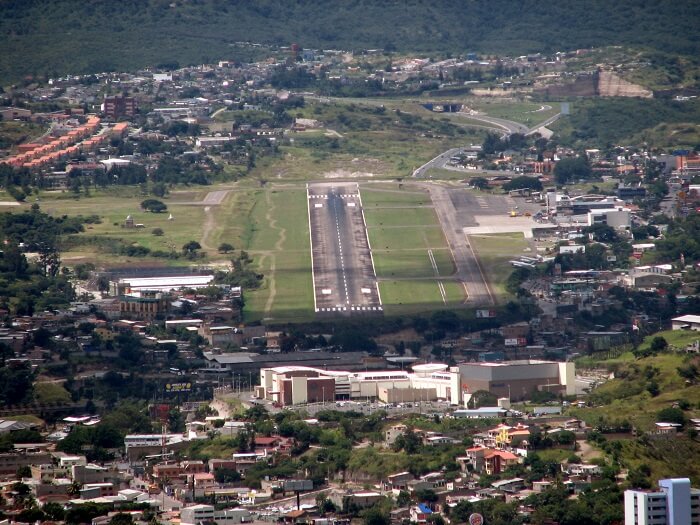
Toncontín International Airport is notorious for its difficult approach, which involves a sharp turn to align with the runway just before landing.
The airport is situated in a mountainous area, and the runway, only 2,163 metres (7,096 feet) long, poses additional challenges.
Strong winds and the high-altitude location further complicate landings, making Toncontín one of the most dangerous airports in Central America.
Madeira Airport, Portugal
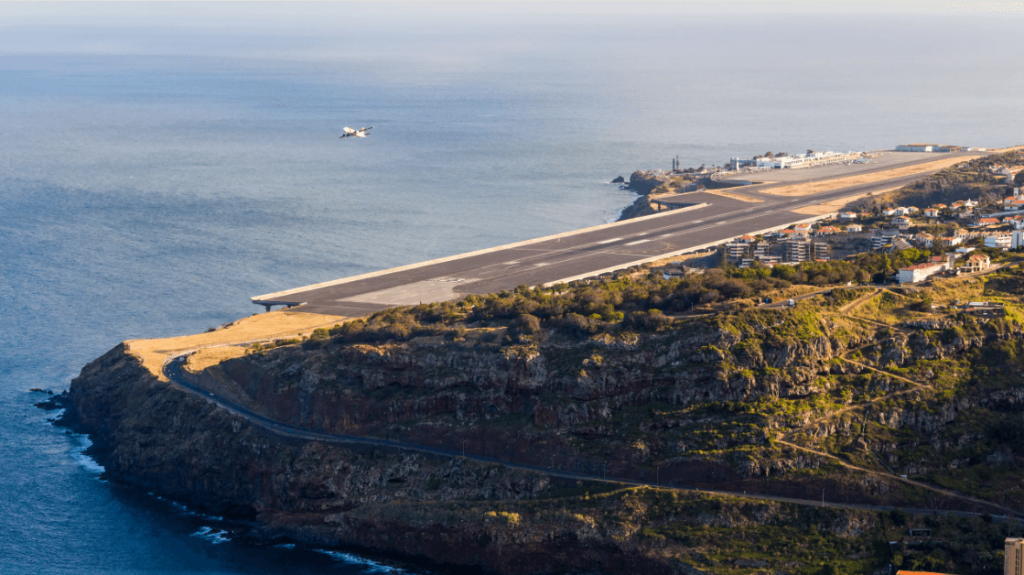
Madeira Airport, also known as Cristiano Ronaldo Airport, is located on the island of Madeira in the Atlantic Ocean.
The airport’s runway extends over the ocean on a series of platforms, and strong crosswinds are a constant challenge for pilots.
The approach requires navigating around mountainous terrain and making a sharp right turn before landing. The short runway, measuring 2,781 metres (9,124 feet), leaves little margin for error.
Gibraltar International Airport, Gibraltar
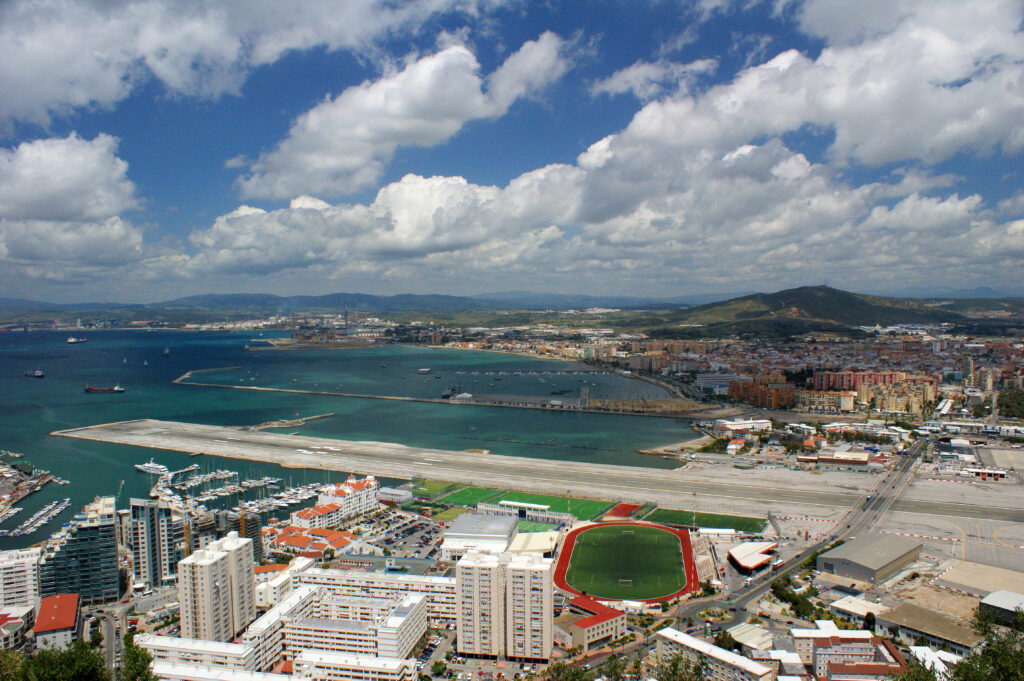
Gibraltar International Airport is unique due to its runway intersecting with the main road leading into Gibraltar.
Traffic is stopped whenever a plane lands or takes off, making for a highly unusual and risky scenario.
The runway, measuring 1,829 metres (5,998 feet), is also short, and strong crosswinds from the nearby Strait of Gibraltar add to the difficulties.
Saba Airport, Caribbean Netherlands
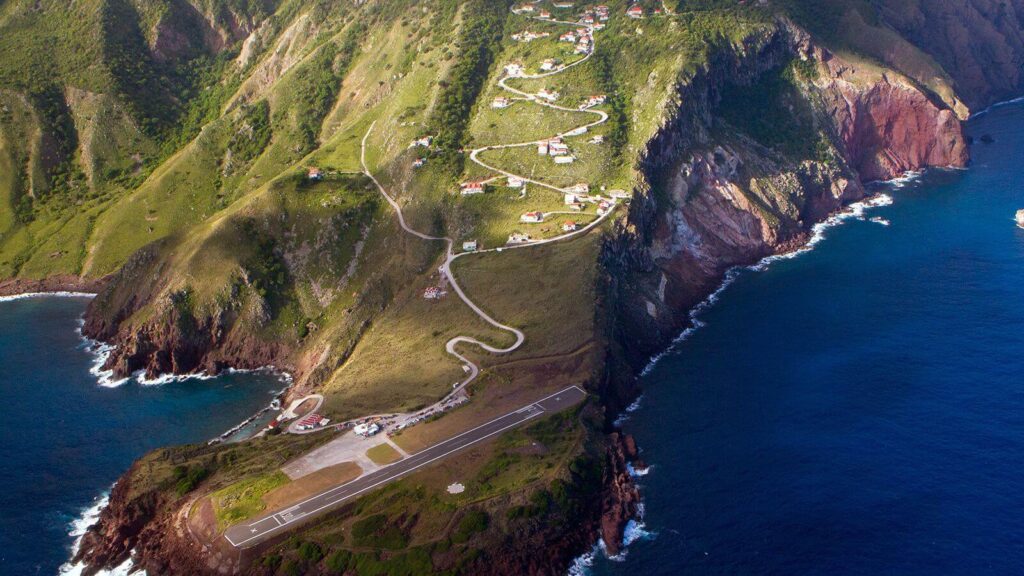
Saba Airport, also known as Juancho E. Yrausquin Airport, has the shortest commercial runway in the world, at just 400 metres (1,312 feet) long.
The runway is flanked by steep cliffs on one end and the ocean on the other, making landings and takeoffs a harrowing experience.
Only small aircraft can use the airport, and pilots must be exceptionally skilled to manage the short runway and unpredictable winds.
Kai Tak Airport, Hong Kong (Closed in 1998)
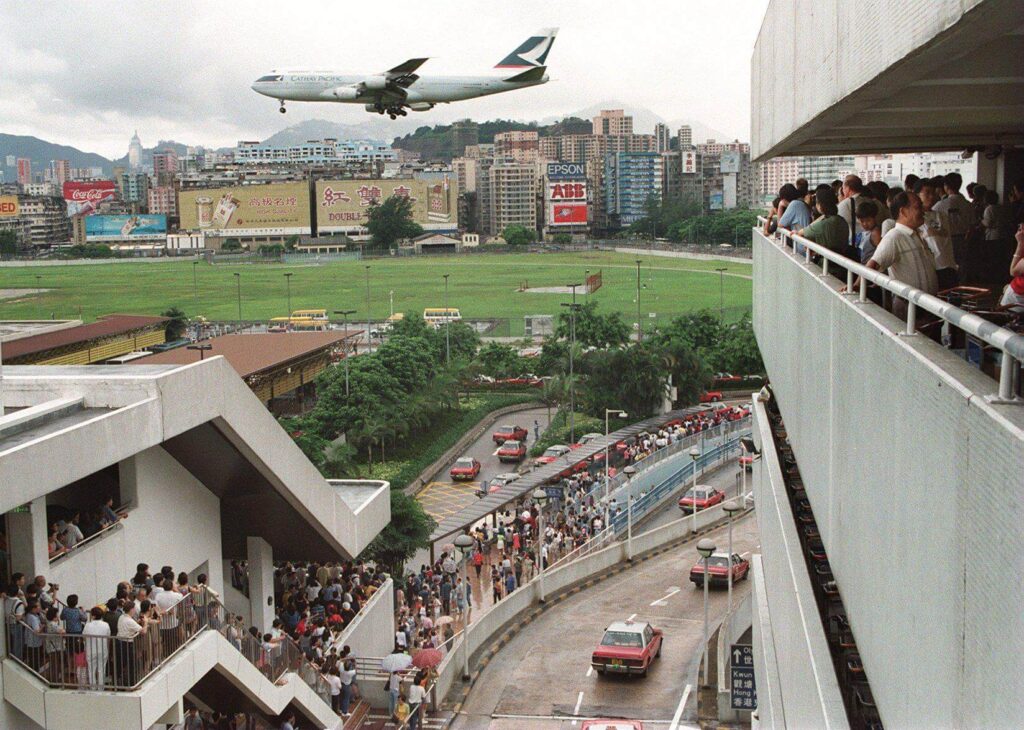
Although it closed in 1998, Kai Tak Airport in Hong Kong was once considered one of the most dangerous airports in the world.
The approach required a dramatic right-hand turn just before landing, with pilots navigating between skyscrapers and mountains.
The short runway extended into Victoria Harbour, leaving no room for error. The airport’s closure marked the end of an era for one of aviation’s most challenging landing spots.
Barra Airport, Scotland

Barra Airport is unique as the only airport in the world where scheduled flights land on a beach.
Located in the Outer Hebrides, the airport’s three runways are marked by wooden poles on the sand.
Flights are entirely dependent on the tide, and the beach is often submerged during high tide.
Weather conditions in Scotland can be unpredictable, adding to the complexity of landing on a beach.
Conclusion
These airports are a testament to the skill and precision required by pilots to ensure safe landings and takeoffs.
While they may provide thrilling experiences for aviation enthusiasts and passengers alike, they also highlight the importance of advanced training and safety measures in the world of aviation.
Whether nestled in mountainous terrain, located on tiny islands, or extending into busy roads, these airports present unique challenges that make them some of the most dangerous in the world.


